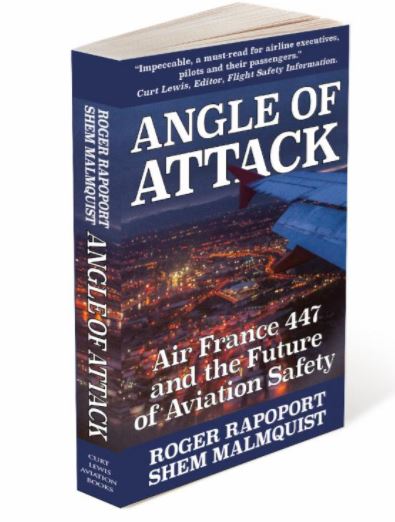[ad_1]
By Captain Shem Malmquist
In a previous article I discussed the need to tilt the radar higher when in the terminal environment in order to be able to paint the area of the storm where the threat is present.
Today, courtesy of the Memphis ARTCC Center Weather Service Unit, an excellent visual of the situation was presented. Here is their description of the event:
“This cell was at the end of a long line of thunderstorms that reached all the way to eastern Kentucky. It developed just south of the Mississippi/Tennessee stateline in northern DeSoto County. The resulting outflow boundary caused a wind shift at MEM, forcing the control tower to change the landing and takeoff direction at the airport. This is just one of many ways that CWSU Meteorologists keep aviation customers safe from hazardous weather. (Images courtesy of GR2 Analyst).”
(Click the image above to start the video).
This video starts as the downburst is already in progress, but notice that even though it already has started, the heaviest precipitation is still at almost 20,000 feet! The bottom of the “red” is at around 10,000 feet still, but heading down fast. If an aircraft were scanning at the typical 3,000-5,000 foot level, they would see just light rain! Further, until that downburst gets lower and starts fanning out horizontally, there will not be anything to trigger a windshear alert from ATC or an airborne Windshear Detection System. If a microburst alert system is installed it will trigger an alert for protected runways within the alert area.
This is why it is vital that pilots adjust the tilt upwards enough to see if there is anything up there that is about to head downhill. How far up? If you are within 10 miles, you will need 15 degrees to just get to 15,000 feet at the 10 mile range (note that is STILL below where that heaviest precip is at the moment this video started, and the heavy precip was likely higher a moment before). Closer in and the radar beam will not even get that high (recall the tilt formula, 1 degree is approximately 1,000 feet at the 10 mile range, so just 500 feet at the 5 mile range).
Have autotilt? Remember, the engineers that programmed the autotilt had to base that on assumptions they were provided in the requirements phase of designing the algorithms. Those will always be somewhat generic, ranging from a “one size fits all” approach to “typical” models that are specific to a region. The real world is dynamic and does not always cooperate with our assumptions. This is where you come in. As pilots we can adapt our methods to the real world, not the world imagined from a cubicle somewhere. That gives us an advantage over even the best engineer when it comes to the actual situation we are encountering. If you depict altitudes, utilize them to view the storm at the higher levels as well. New system without a tilt control? It will show you areas of return “outside” of your flight path in some manner (depending on the system), such as a hashed return. Just remember that a storm that has more water above than below is a bad situation!
Utilize ATC. Controllers have a lot better picture of the vertical development than you do. Tilt the radar upwards and see what is there. This is not to say that you should leave it there, but you do need to see what is heading down towards you. If there is heavy precipitation up high and less below, there are not many scenarios that can lead to that. One is a downburst, another is virga, and the third is hail (if you can think of more, let me know!). In any event, heavy rain up high and less below is not something that is likely smart to fly underneath!
==========================================
[ad_2]
Source link



